In this article, we’ll be discussing the topic of balancing budget and quality in fence selection. You’ll learn about the different types of fences, their sizes, shapes, and materials, and how to determine which fence is suitable for your specific needs. We’ll explore the characteristics, advantages, and considerations of various fence types such as wooden, chain-link, vinyl, and metal fences. Additionally, we’ll cover the importance of choosing the right size and shape of a fence based on your requirements. At the end of each post, we’ll provide 10 common questions and answers about fences to address any concerns you may have. Let’s dive right in and explore the world of fences together!
Balancing Budget and Quality in Fence Selection
Introduction to Balancing Budget and Quality in Fence Selection
When it comes to selecting a fence for your property, it’s important to strike a balance between your budget and the quality of the fence. The decision you make will have long-term implications for the aesthetics, functionality, and durability of your fence. This article will guide you through the process of balancing budget and quality to ensure you make an informed decision that meets your needs.
Why is Balancing Budget and Quality Important in Fence Selection?
Choosing the right fence involves considering various factors, including your personal priorities, potential long-term costs, and desired level of functionality. It’s crucial to strike the right balance between budget and quality to avoid overspending on unnecessary features or materials. By maintaining a harmonious balance between cost and functionality, you can ensure long-term satisfaction and value for your money.
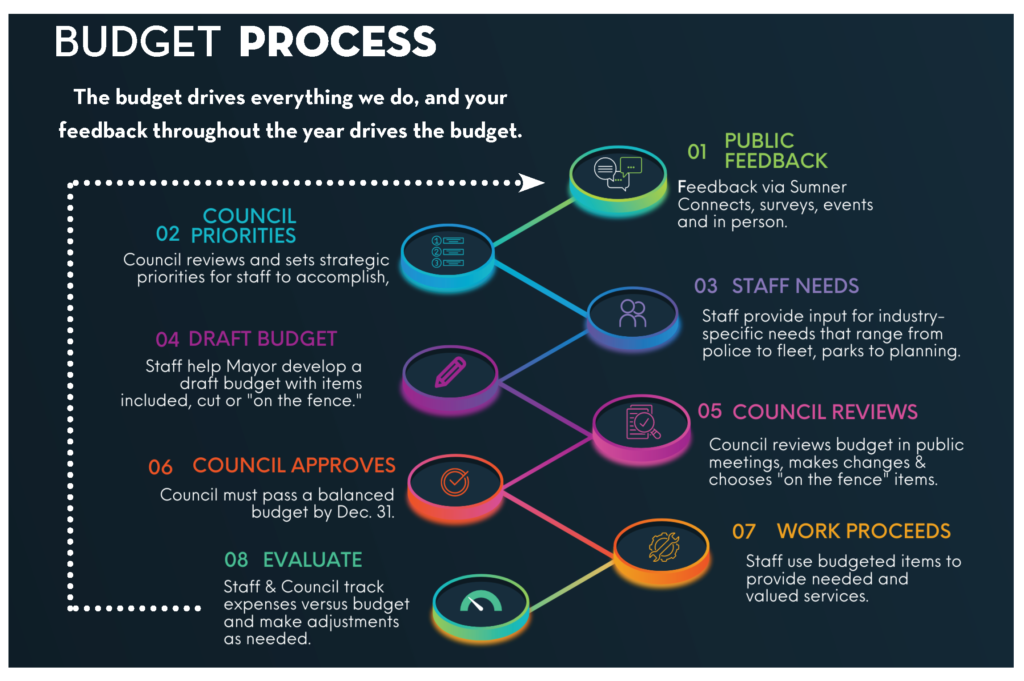
Factors to Consider in Balancing Budget and Quality
When selecting a fence, several factors need to be taken into account to achieve the right balance between budget and quality. These factors include identifying specific fence requirements, property size and layout considerations, environmental factors, privacy or security needs, maintenance and durability expectations, architectural compatibility, lifespan, availability of materials and installation resources, and initial installation costs versus long-term expenses. Additionally, it’s important to consider warranty and customer support options to further assess the long-term costs and benefits.
Budget-Friendly Fence Options
If you’re on a tight budget, there are several affordable fence options available. Some of the most popular budget-friendly materials include wood, chain-link, and vinyl. Wood fences can be cost-effective and offer a natural aesthetic appeal, while chain-link fences are highly economical and provide adequate security. Vinyl fences, on the other hand, are durable and require minimal maintenance, making them an attractive option for budget-conscious homeowners. It’s essential to weigh the pros and cons of each material and explore cost-effective installation methods to maintain a balance between affordability and quality.
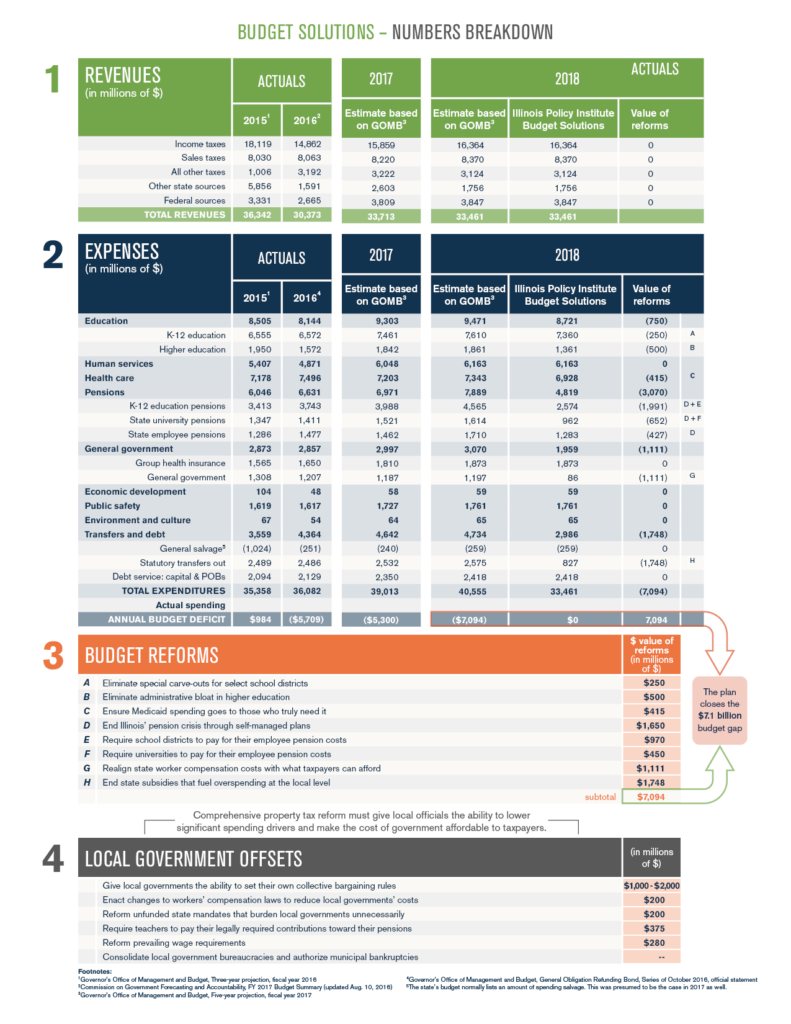
High-Quality Fence Options
If you’re willing to invest in a higher quality fence, there are premium materials available that offer enhanced durability and aesthetics. Some popular high-quality fence materials include wrought iron, aluminum, and composite. Wrought iron fences are known for their elegance and durability, while aluminum fences offer versatility and low maintenance. Composite fences, made from a combination of wood fibers and plastic, provide the natural beauty of wood with increased durability and minimal maintenance. By understanding the benefits and advantages of high-quality fences, you can make an informed decision that meets your specific needs.
Comparing Budget-Friendly and High-Quality Fence Options
To determine the right balance between budget and quality, it’s important to compare budget-friendly and high-quality fence options. Key differences in materials, durability, maintenance requirements, aesthetic appeal, and customization potential should be evaluated. Additionally, conducting a cost-benefit analysis between budget-friendly and high-quality fences will help you assess the long-term value and return on investment. Real-life examples and case studies can provide practical insights into how different fences perform in various scenarios.
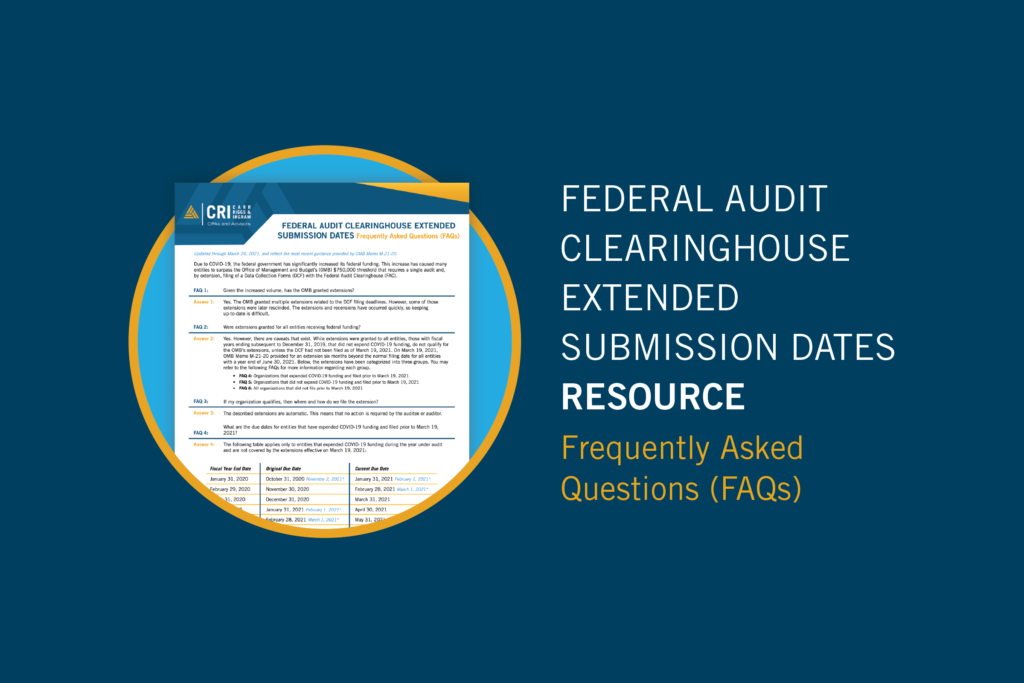
How to Determine the Right Balance for Your Fence Selection
To strike the right balance for your fence selection, several steps can be taken. Begin by assessing your individual budget constraints and prioritizing must-have features. Researching different options, comparing cost-quality ratios, and seeking multiple quotes and bids will give you a clearer understanding of the available choices. It’s crucial to consider long-term costs and benefits, consult reviews and recommendations, budget for potential modifications or upgrades, and weigh trade-offs and compromises. By following these steps and making an educated decision, you can achieve a successful balance between your budget and the quality of your chosen fence.
Considering Long-Term Costs and Benefits
When selecting a fence, it’s important to consider the long-term costs and benefits associated with each option. Understanding the total cost of ownership, factoring in potential maintenance and repair expenses, exploring warranty and insurance options, predicting the impact on resale value and property aesthetics, and estimating lifetime expenses for different fence types are all essential considerations. Case studies and comparative analysis can provide insightful perspectives on the long-term costs and benefits associated with different fence options.
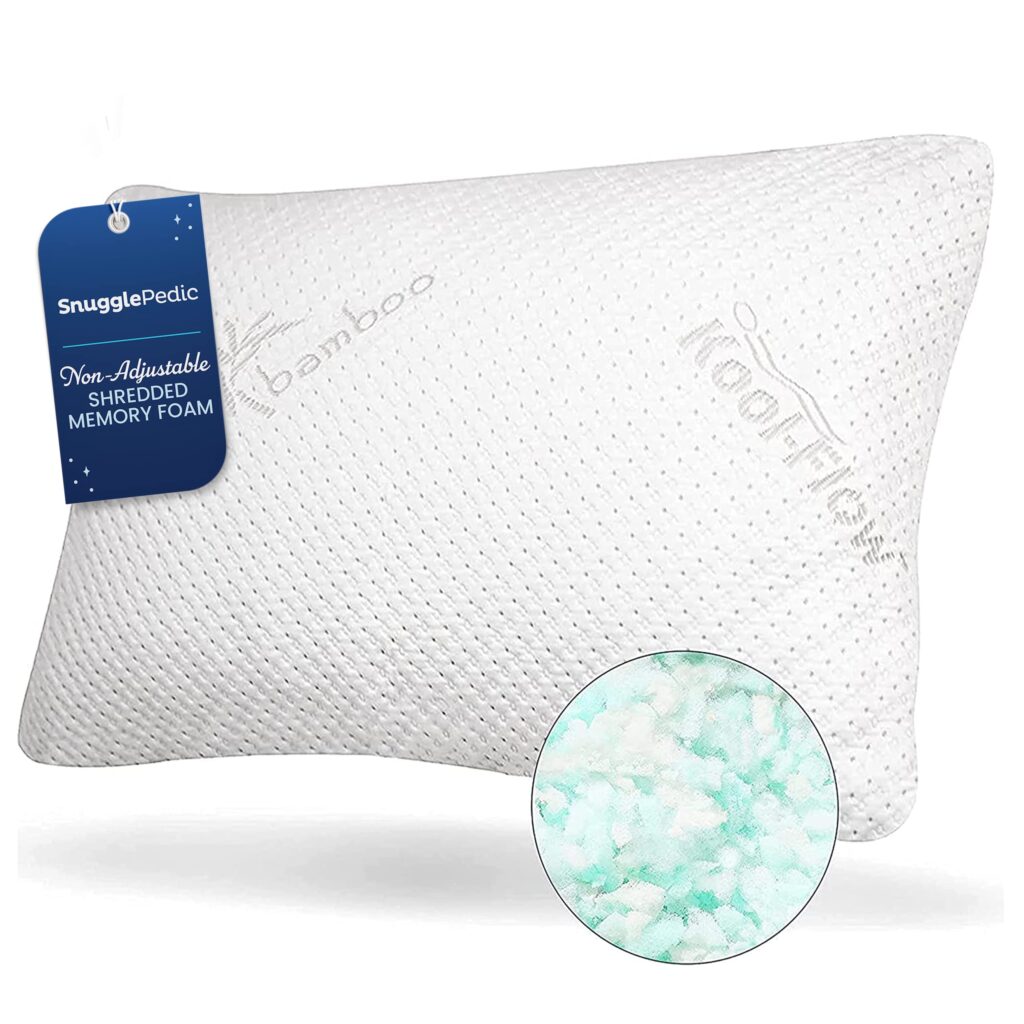
Balancing Aesthetic Appeal and Durability
Aesthetic appeal and durability are two crucial aspects to balance when selecting a fence. Choosing the right fence design plays a significant role in achieving the desired aesthetic appeal. Exploring aesthetically pleasing fence styles and considering material suitability for the desired look are important steps in finding the perfect balance. Combining aesthetics with long-term durability ensures that your fence not only looks appealing but also withstands the test of time. Inspirational examples and case studies can provide inspiration and guidance in achieving this balance.
Seeking Professional Guidance for Balancing Budget and Quality
To make an informed decision while balancing budget and quality, seeking professional guidance can be beneficial. Fence experts can provide valuable insights and help you choose the right fence contractor. Trusted professional recommendations can be found through referrals, online directories, or by conducting thorough research. It’s essential to consider the costs and implications of professional advice, ask relevant questions during consultations, ensure effective communication and understanding, understand legal and permit requirements, obtain quotes and compare offers, and review past projects and customer testimonials. Professional guidance can help you make the right choice and avoid common mistakes.
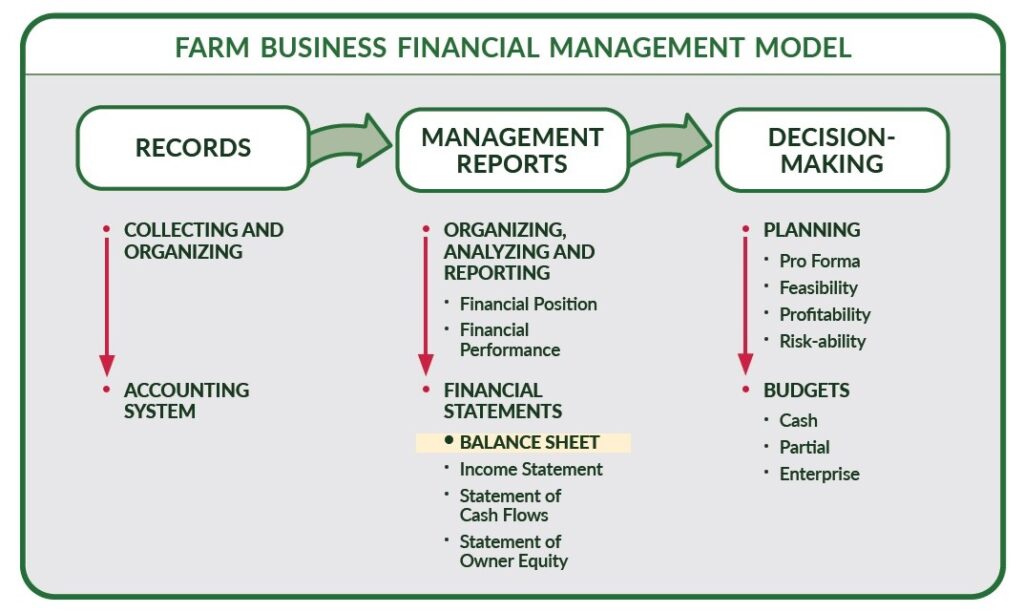
Common Mistakes to Avoid in Balancing Budget and Quality
In the process of balancing budget and quality, some common mistakes should be avoided. Overlooking long-term expenses, relying solely on initial installation costs, ignoring maintenance and repair requirements, failing to consider future alterations or upgrades, impulsive decision-making, disregarding professional guidance, choosing incompatible fence styles or materials, not researching local regulations and guidelines, assuming all fences are created equal, and neglecting to evaluate warranty and after-sales support are all mistakes that can lead to dissatisfaction and increased expenses. By being aware of these common mistakes, you can make more informed decisions.
Tips for Achieving a Successful Balance in Fence Selection
To achieve a successful balance between budget and quality, several tips can be followed. Defining your fence priorities and goals, researching fencing options and gathering quotes, comparing features, quality, and long-term costs, seeking input from trusted professionals or peers, revisiting and adjusting your budget as needed, considering on-site visualizations or mockups, seeking customer reviews and testimonials, analyzing case studies of balancing budget and quality, learning from past mistakes and lessons, and making an educated decision are all effective strategies. By implementing these tips, you can make a balanced and informed fence selection.
Conclusion
Balancing budget and quality in fence selection is essential to ensure satisfaction, value for money, and long-term durability. By considering factors such as specific requirements, property size and layout, environmental factors, and maintenance expectations, you can strike the right balance. Exploring both budget-friendly and high-quality fence options, comparing materials and aesthetics, and seeking professional guidance will further assist in the decision-making process. Avoiding common mistakes and considering long-term costs and benefits will help you achieve a successful balance. Use this guide to make informed decisions and select the perfect fence for your property.
Frequently Asked Questions
-
Can I install a fence myself?
- Yes, it is possible to install a fence yourself. However, it requires proper knowledge, tools, and skills. It’s recommended to consult professional resources or seek guidance before attempting a DIY fence installation.
-
What factors should I consider when choosing the material for my fence?
- When choosing a fence material, consider factors such as durability, maintenance requirements, aesthetic appeal, budget, privacy or security needs, and compatibility with your property’s architectural style.
-
How can I estimate the cost of installing a fence?
- The cost of installing a fence depends on various factors, including the material, size, and design of the fence, as well as the labor and installation costs in your area. Obtaining multiple quotes from different contractors can help you estimate the cost more accurately.
-
How long do different types of fences last?
- The lifespan of different types of fences varies based on the material and maintenance. Wood fences can last around 20 years with proper care, while vinyl and metal fences can last 30 years or more. It’s important to factor in the durability and maintenance requirements of different materials.
-
Are there any regulations or permits required for installing a fence?
- Local regulations and permits may vary depending on your location and the type of fence you plan to install. It’s important to research and understand the regulations and obtain any necessary permits before proceeding with your fence installation.
-
How can I maintain and prolong the life of my fence?
- Regular maintenance is essential for prolonging the life of your fence. This may include cleaning, painting, sealing, and inspecting for any damage. Following manufacturer’s guidelines and seeking professional advice can help you maintain your fence properly.
-
Can I customize the design of my fence?
- Yes, many fence materials offer customization options. You can choose from various styles, colors, and decorative elements to match your preferences and property aesthetics. Consult with fence experts or contractors to explore the customization options available for different materials.
-
Are there any warranty options available for fences?
- Yes, many fence manufacturers offer warranties on their products. It’s important to consider warranty coverage when selecting a fence material. Read the terms and conditions of the warranty carefully and inquire about the warranty options available for the specific fence material you are considering.
-
What are the most common fence maintenance mistakes to avoid?
- Some common fence maintenance mistakes to avoid include neglecting regular cleaning, using harsh chemicals that can damage the material, failing to address small repairs promptly, and not following manufacturer’s maintenance guidelines.
-
How can I enhance the security and privacy of my fence?
- You can enhance the security and privacy of your fence by choosing materials with limited visibility, such as vinyl or wood panels. Installing additional features like locks, gates, or privacy slats can also increase security and privacy. Consult with professionals to explore the options available for your specific needs.
